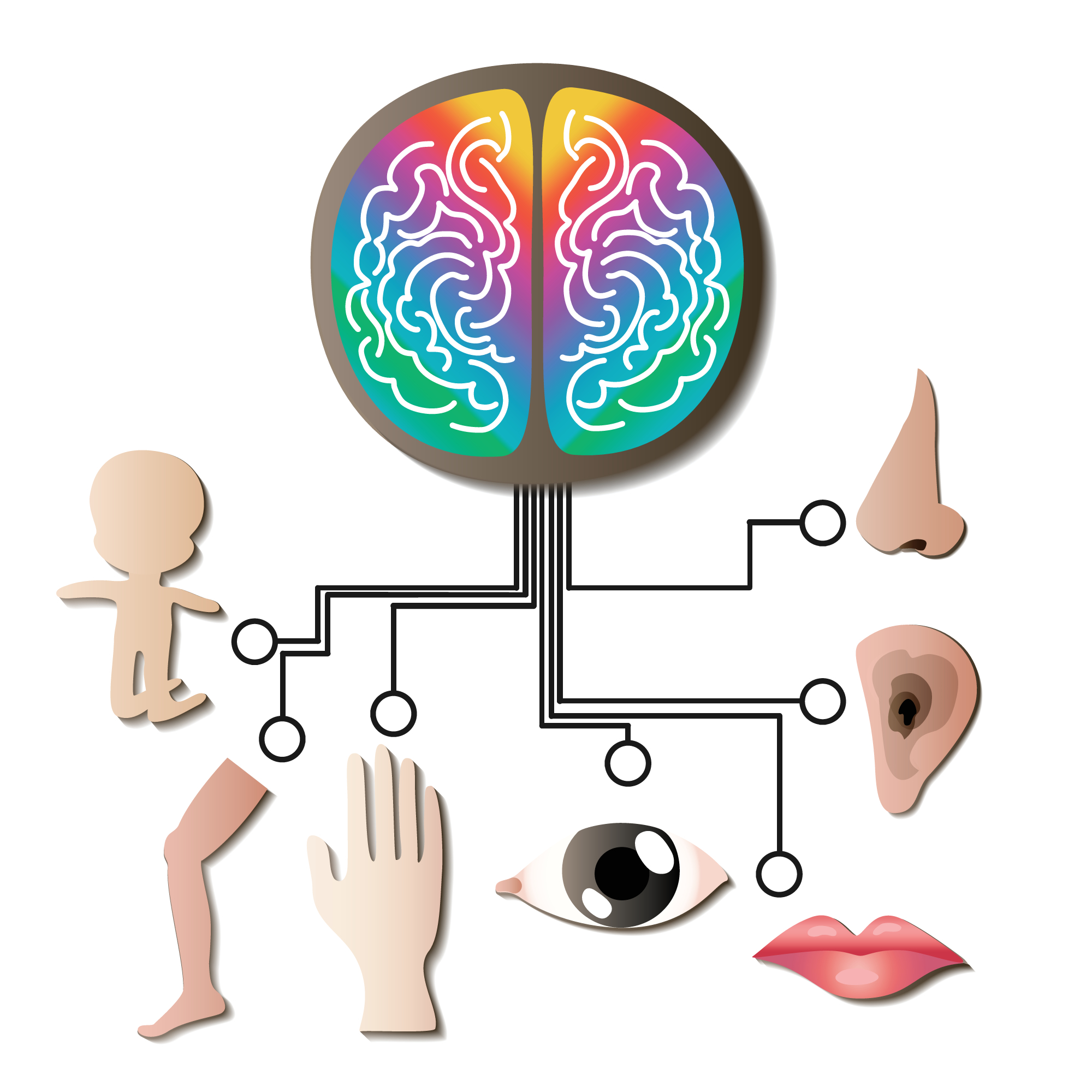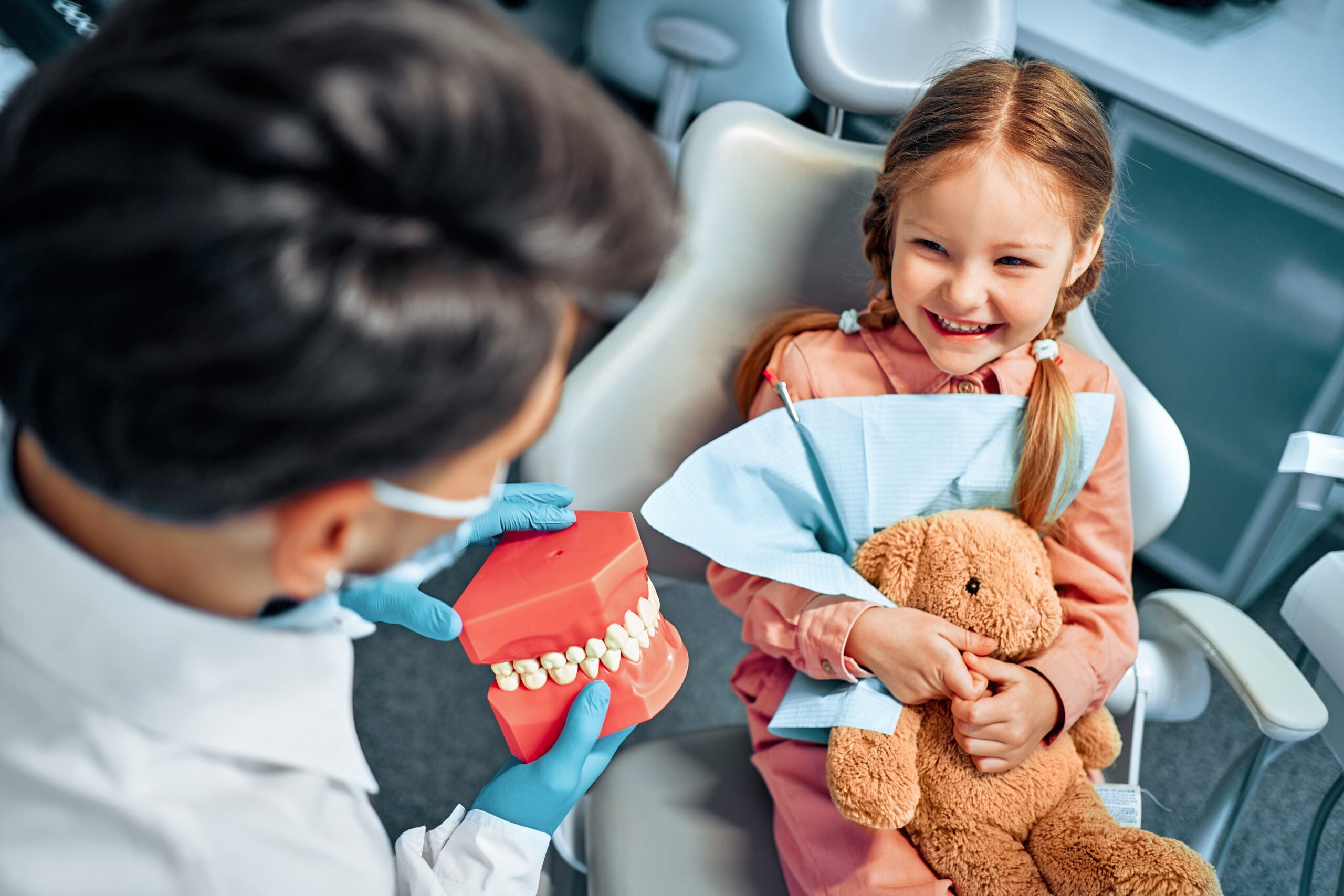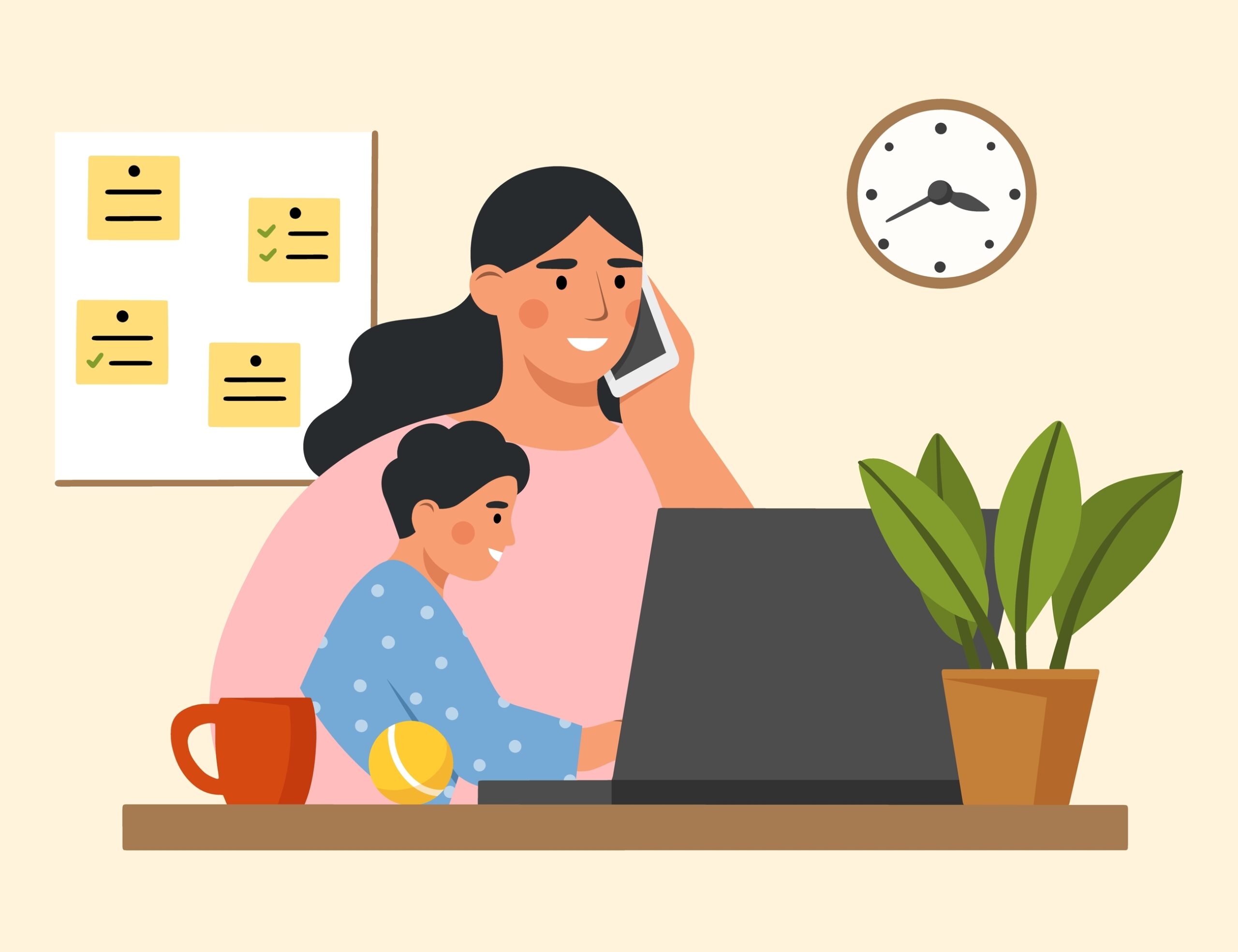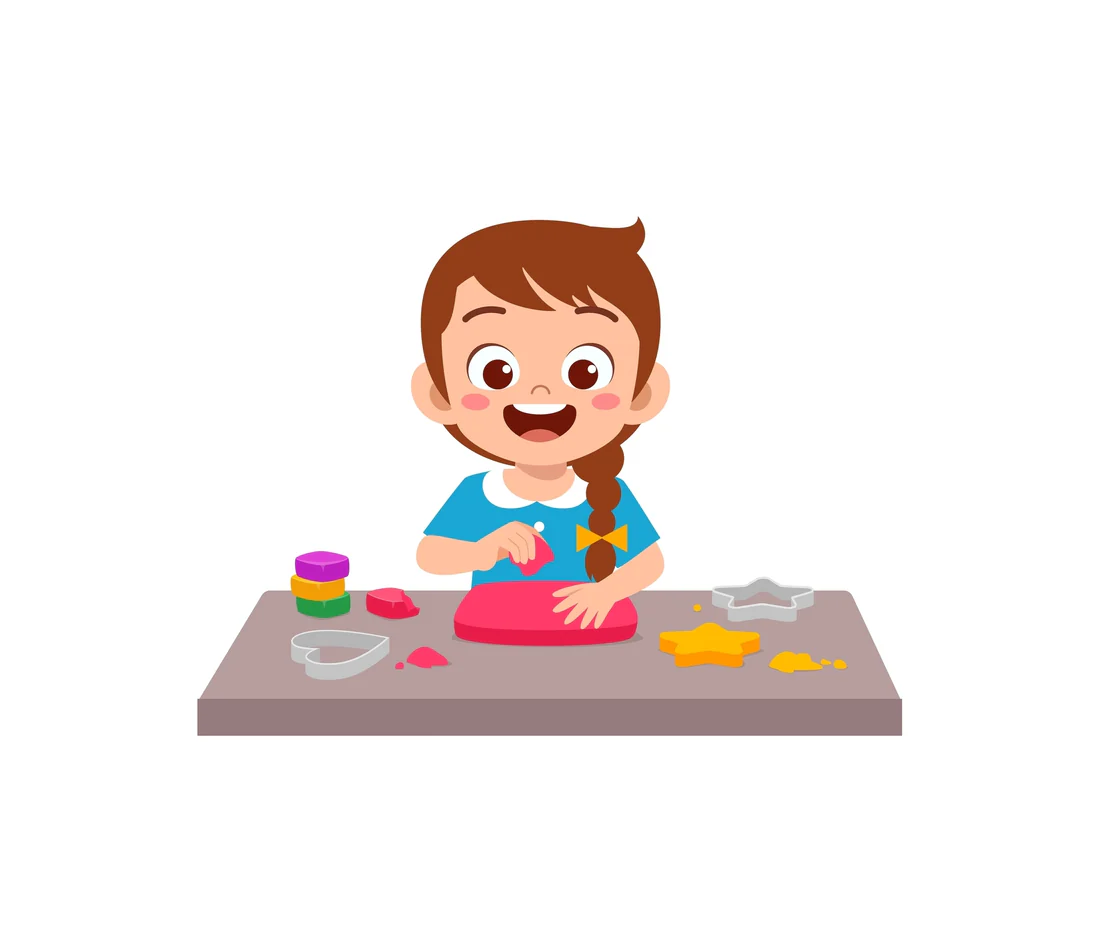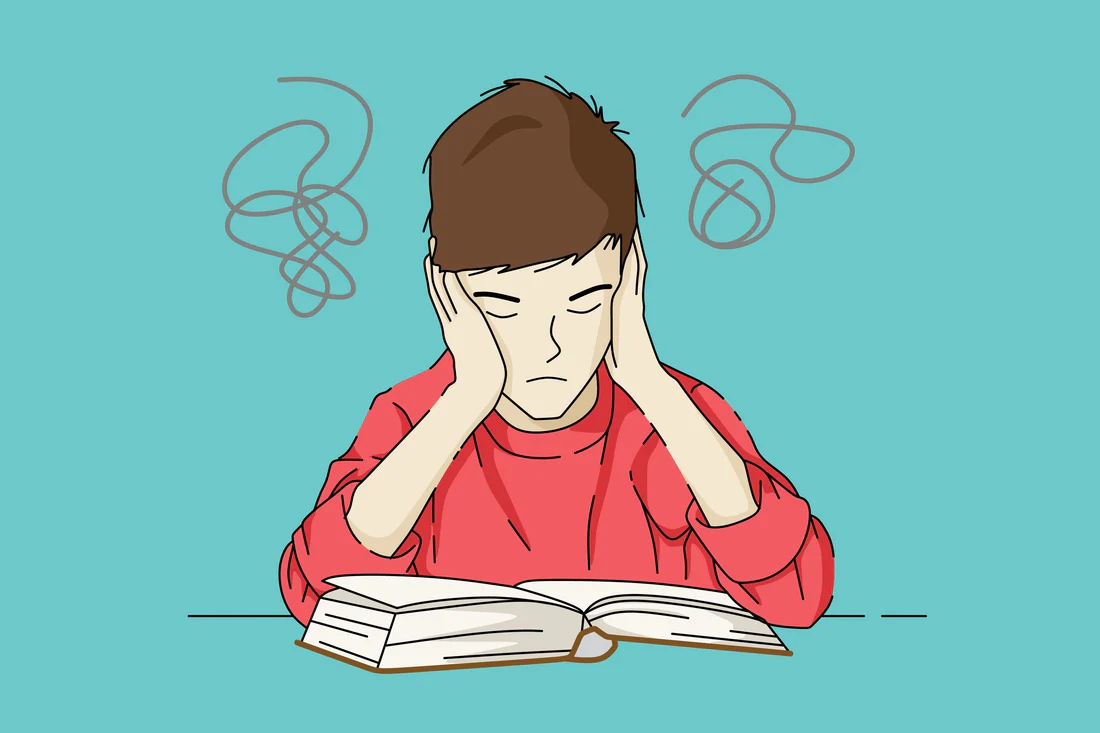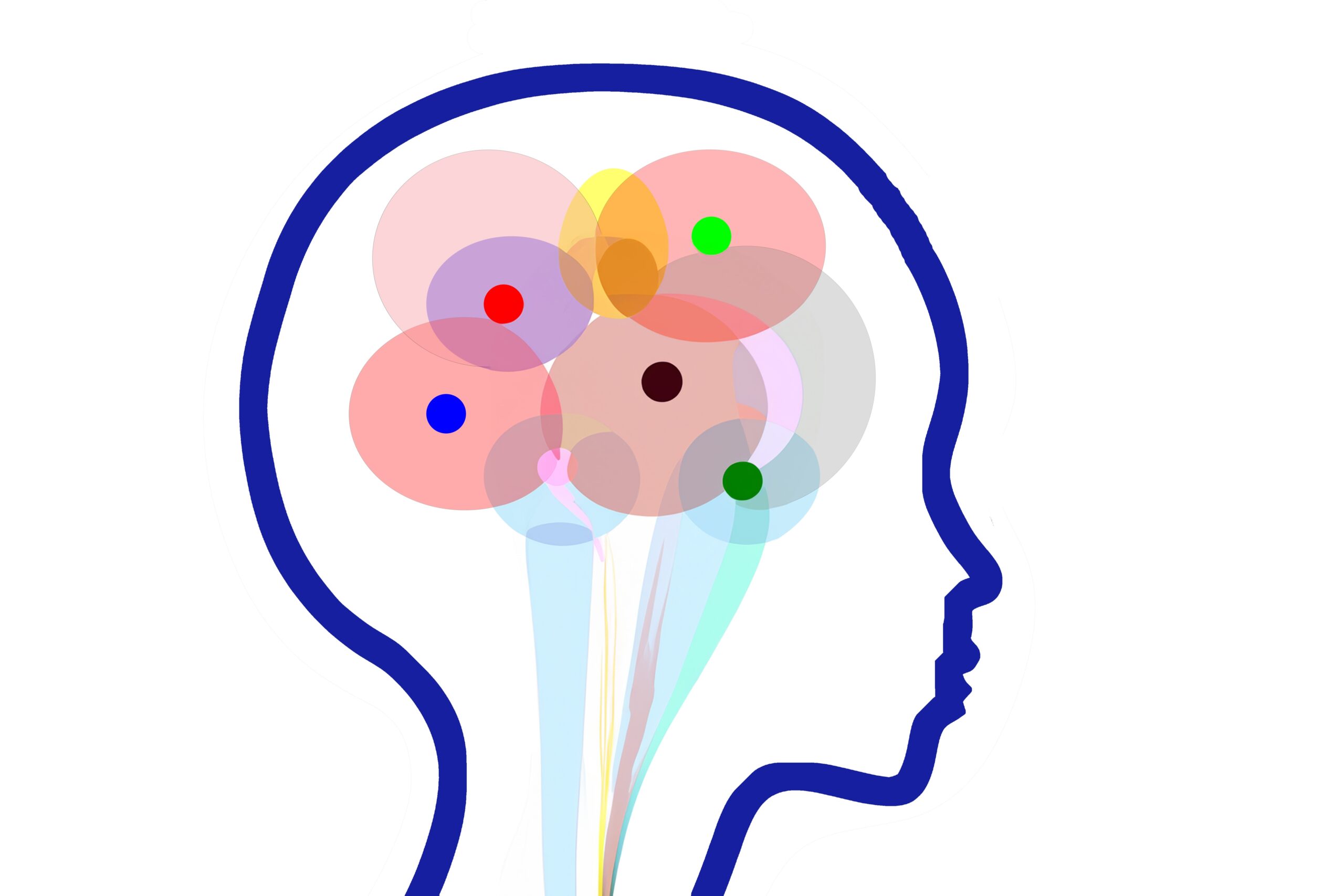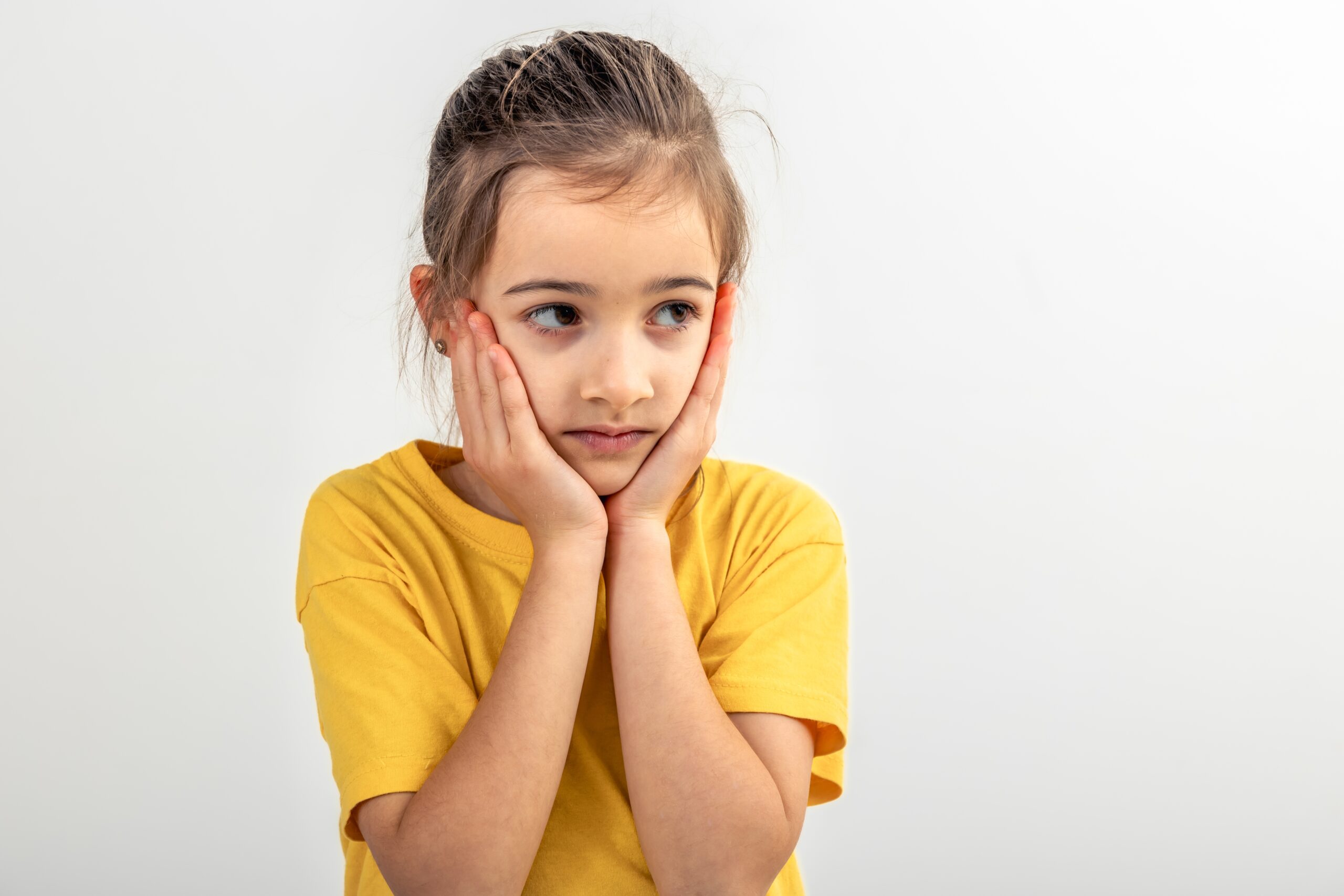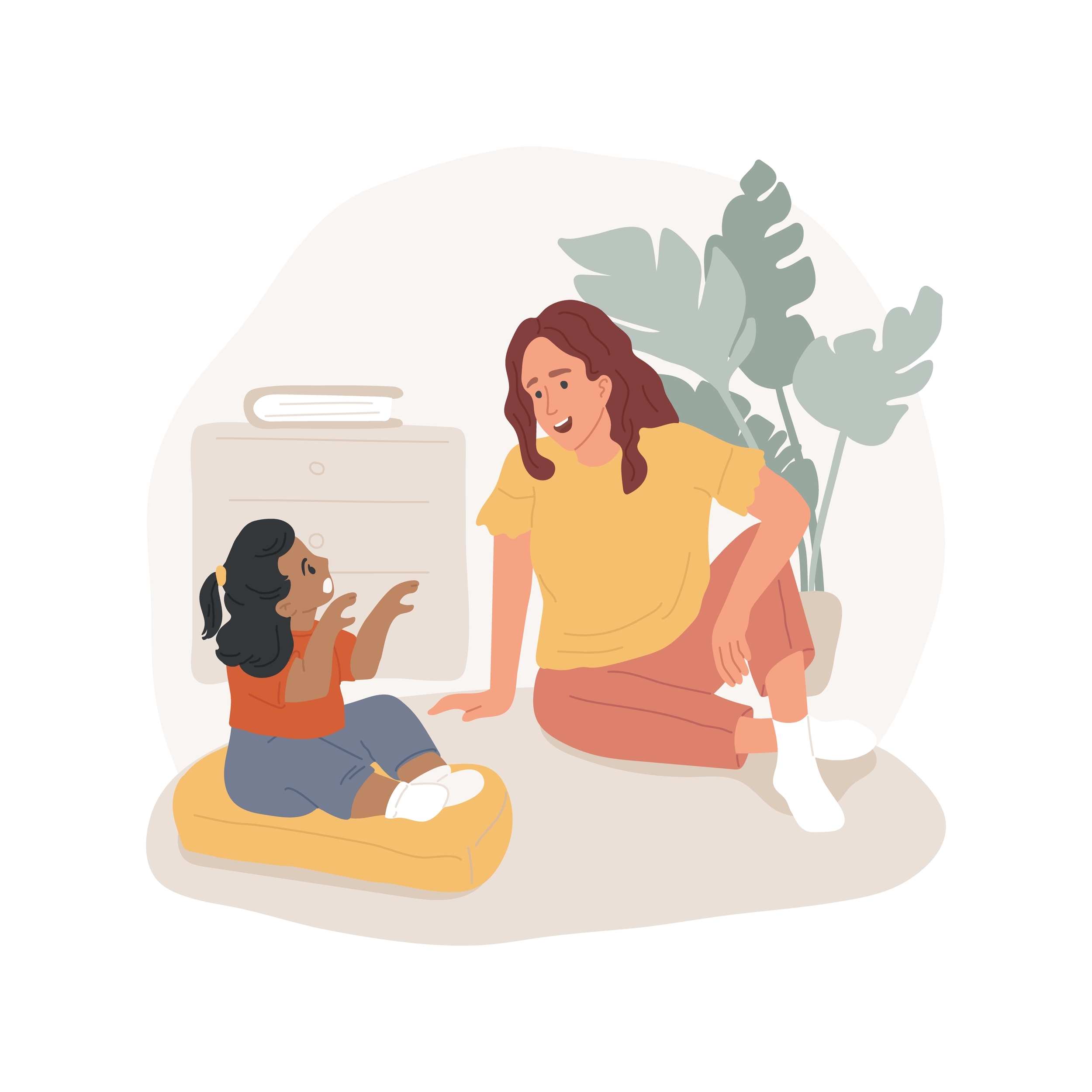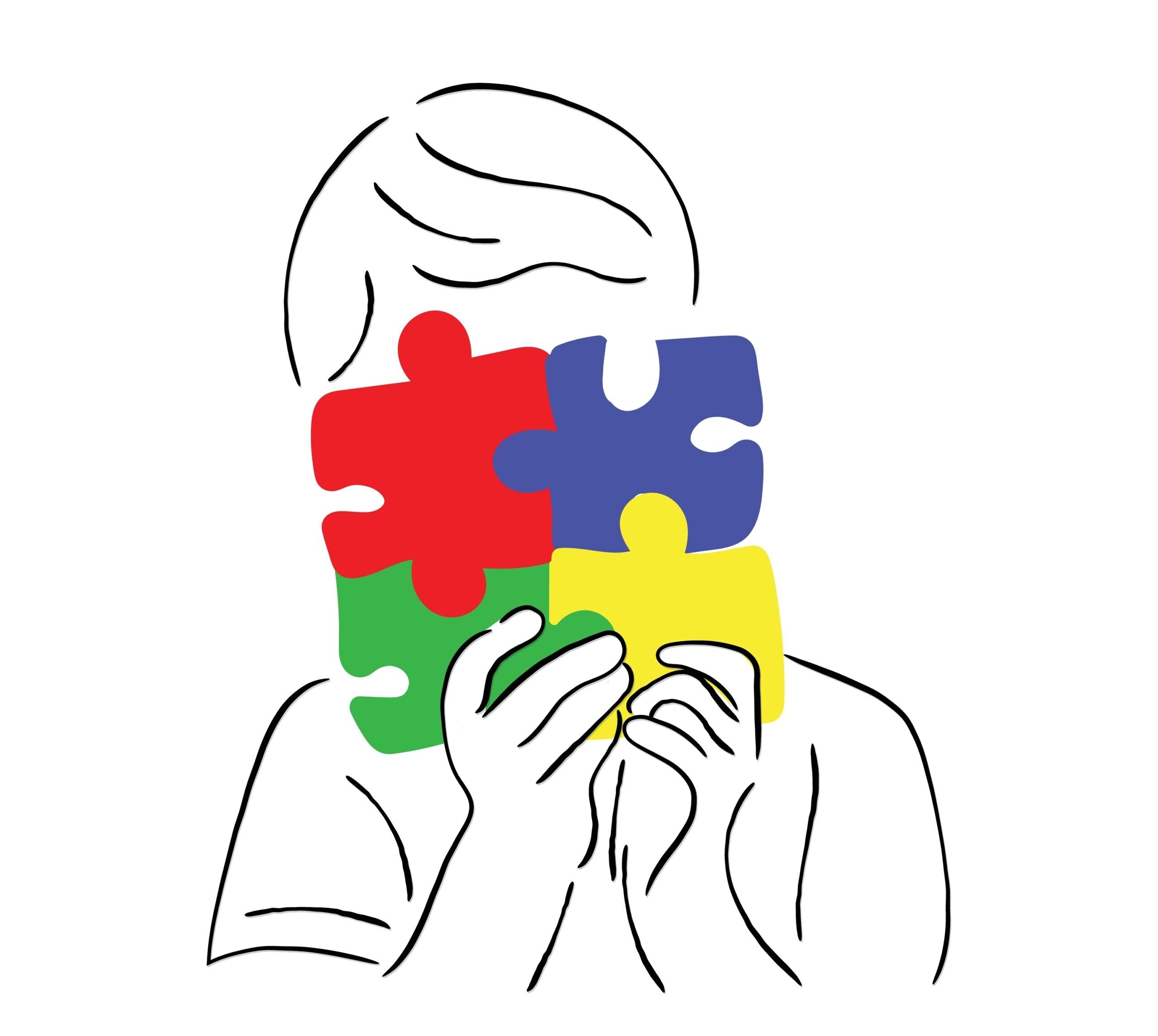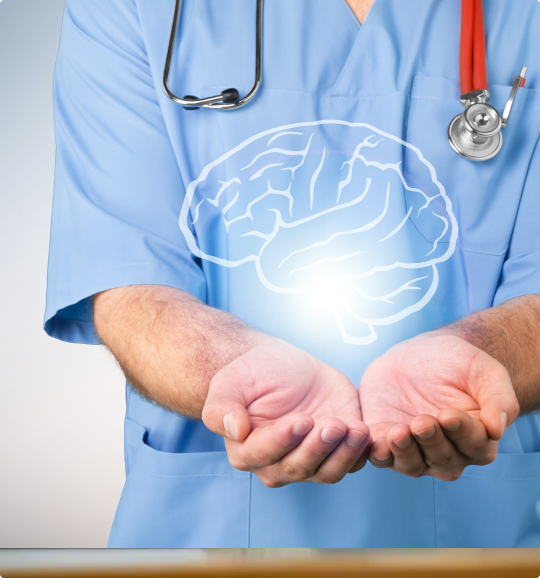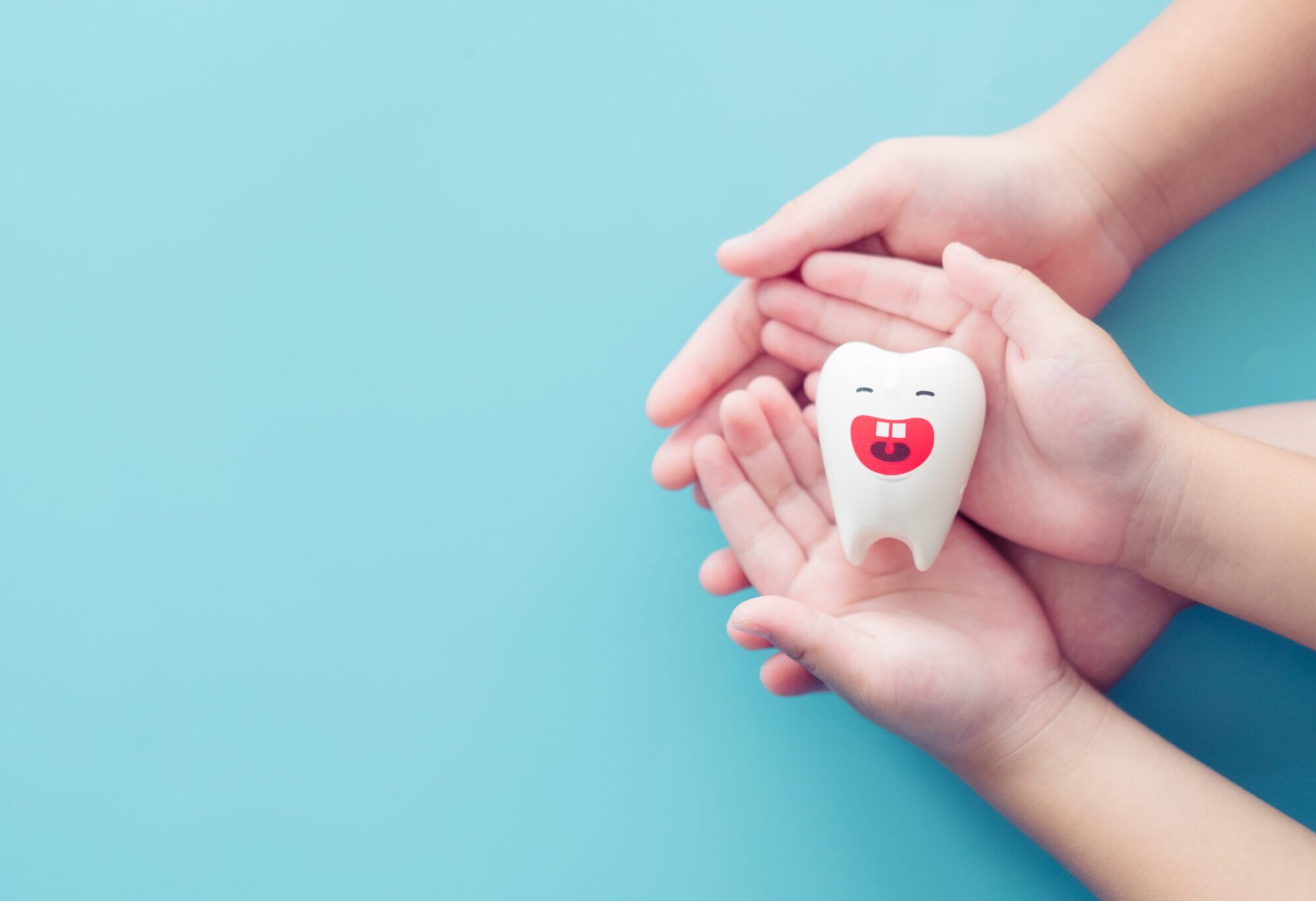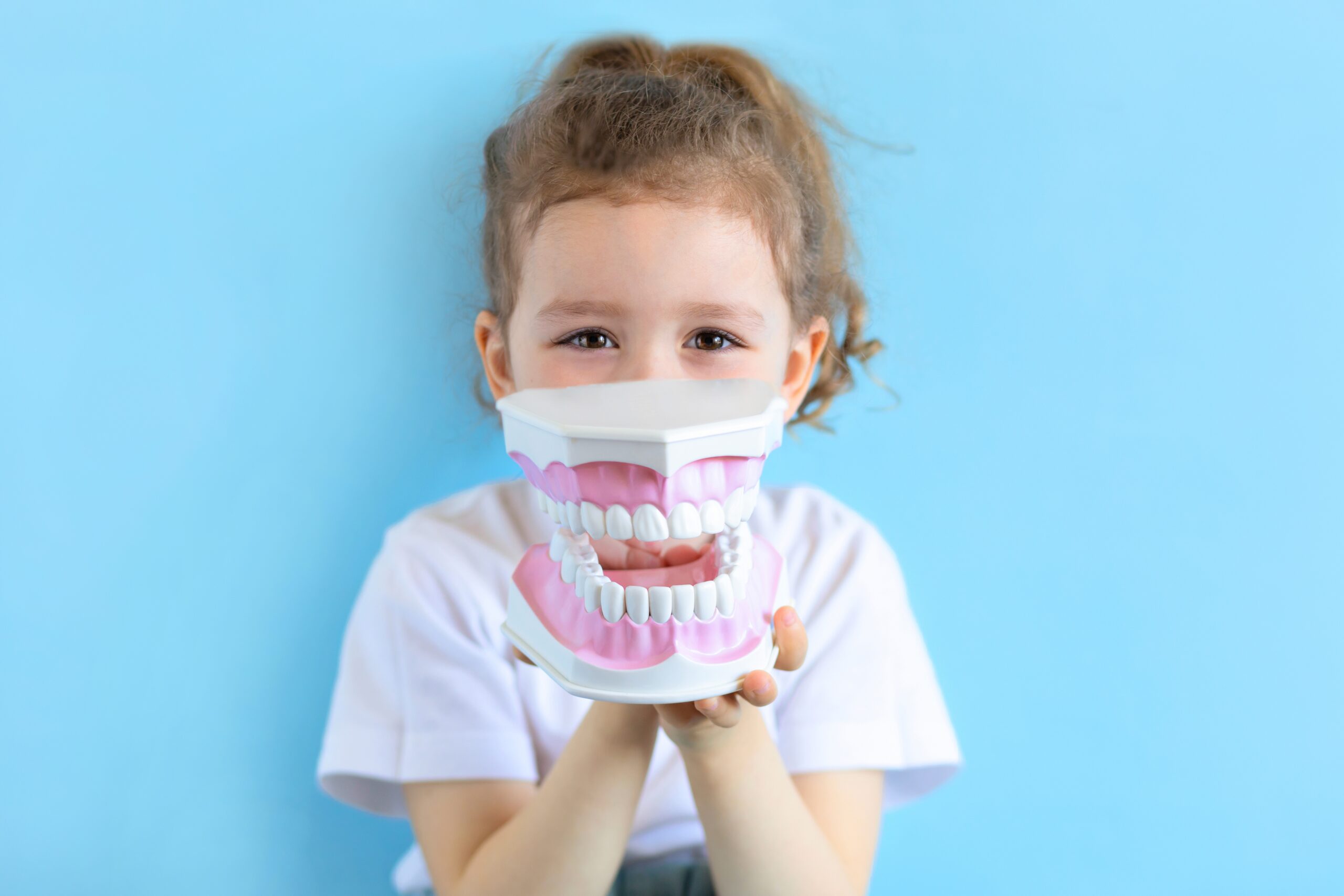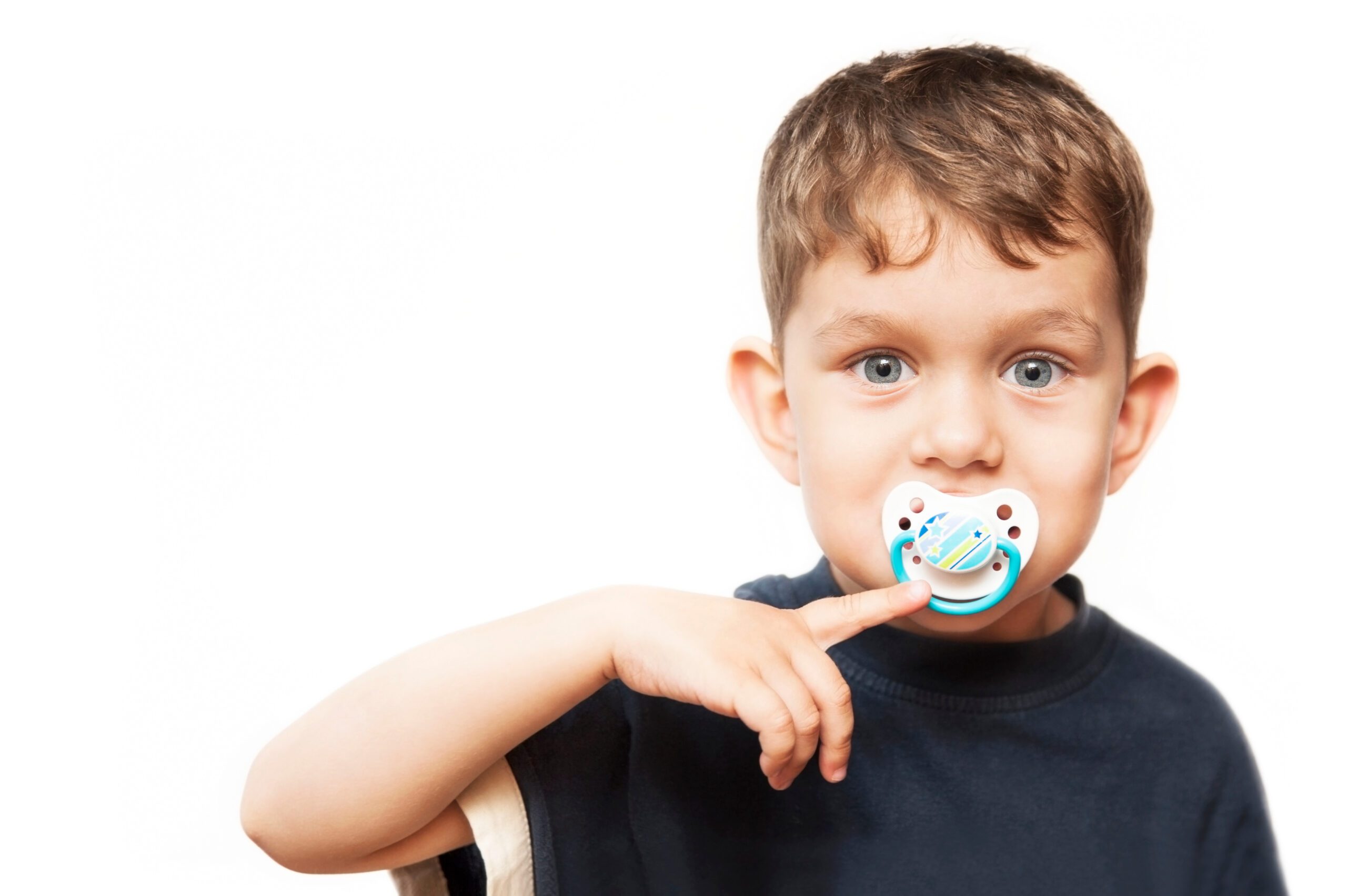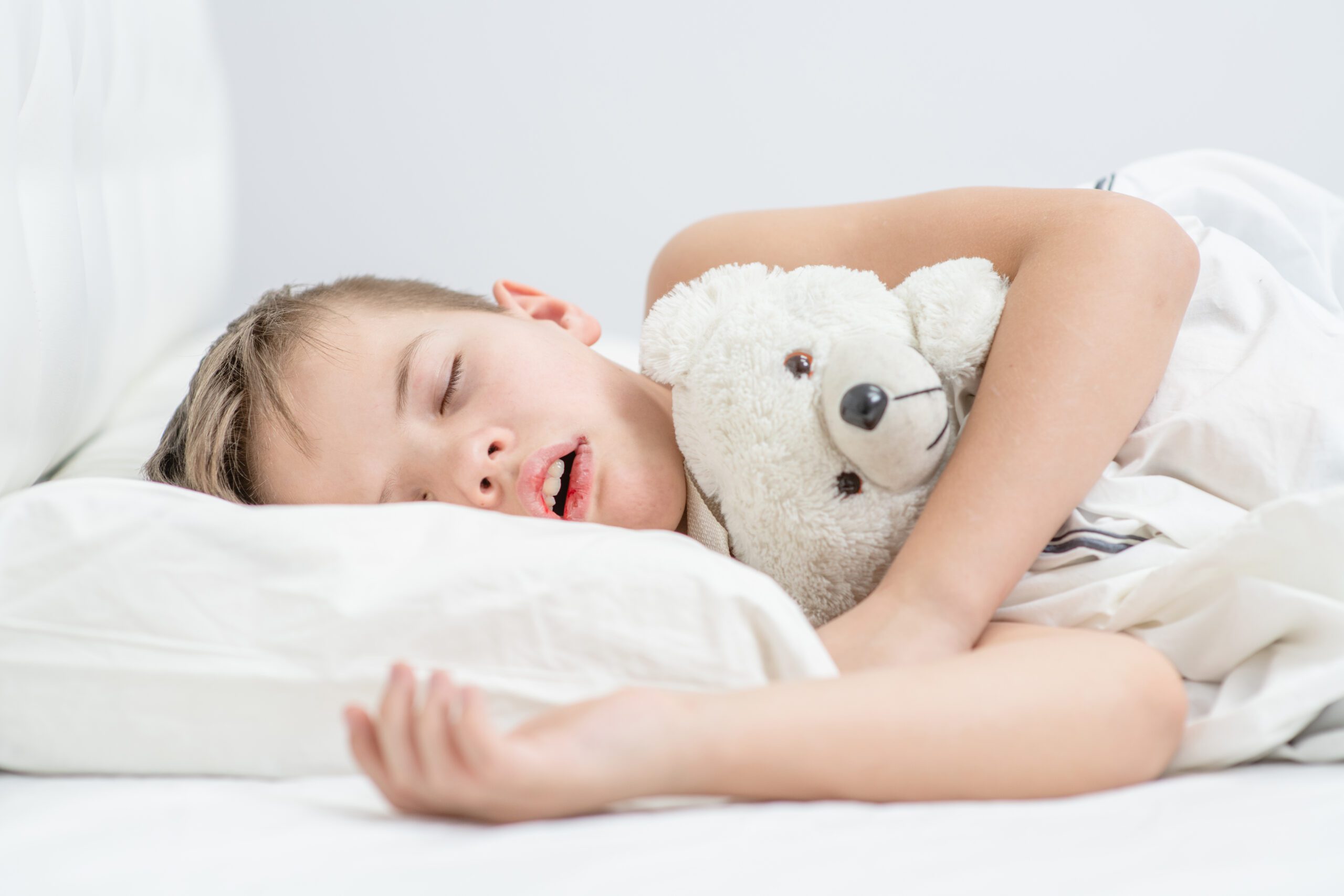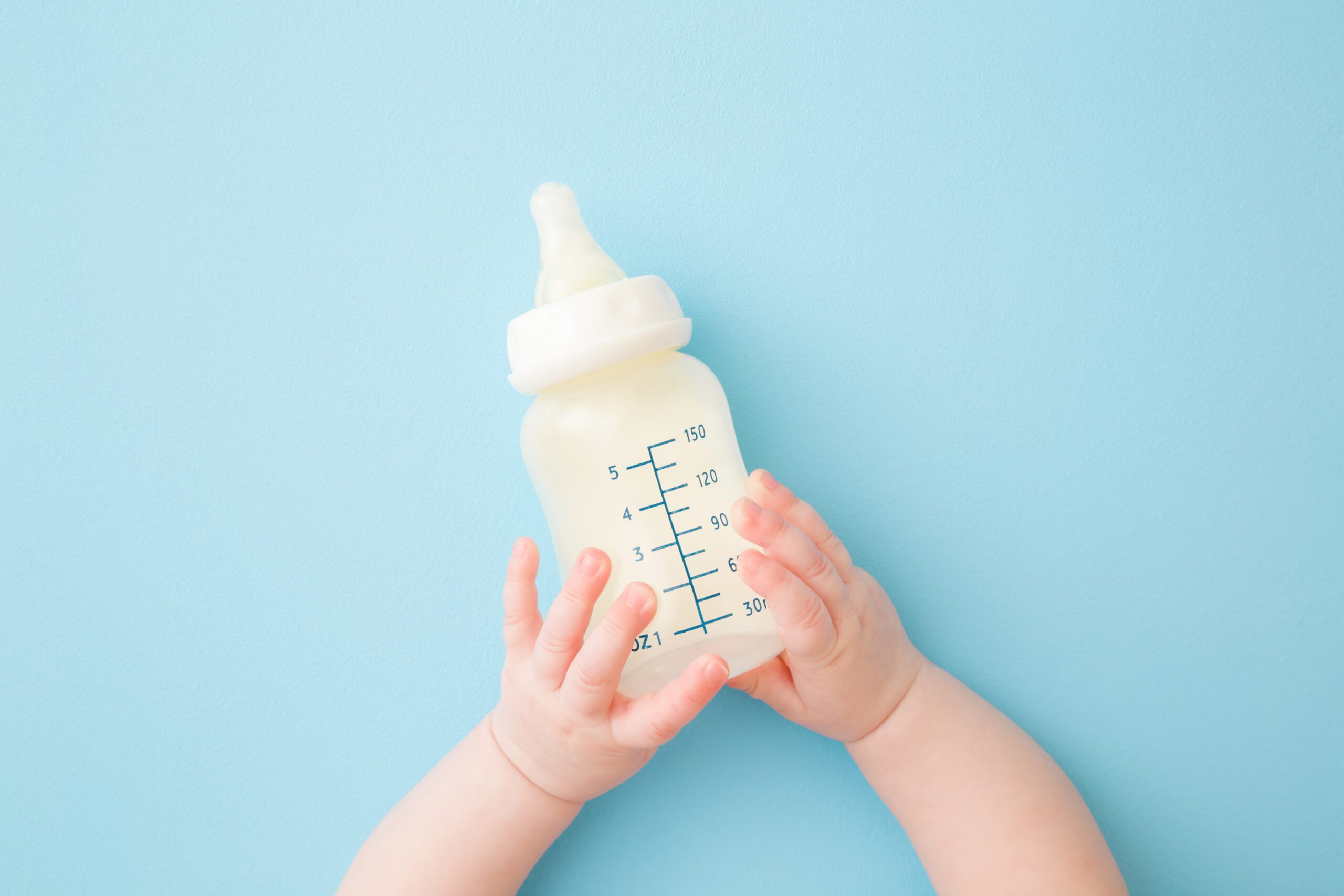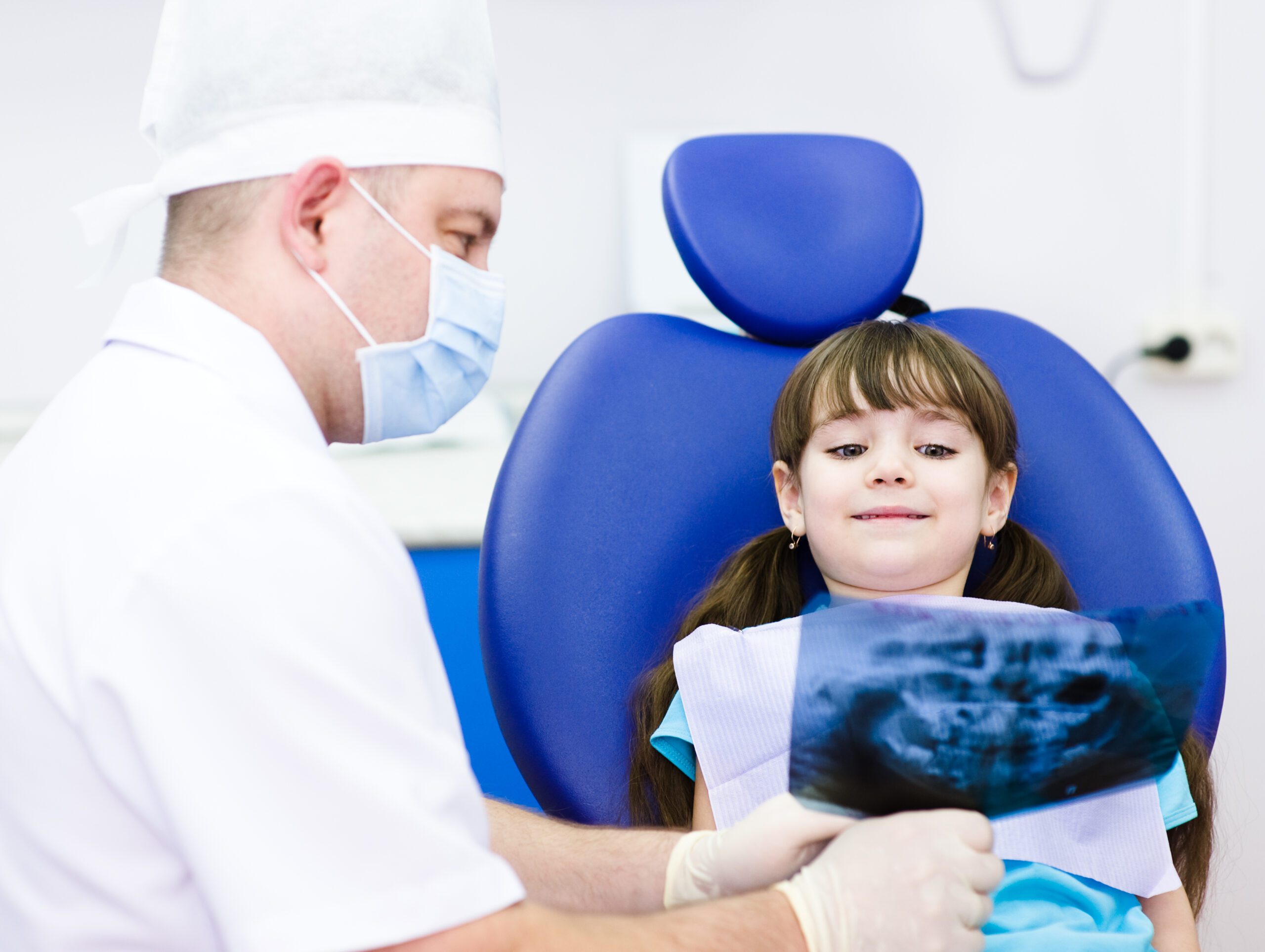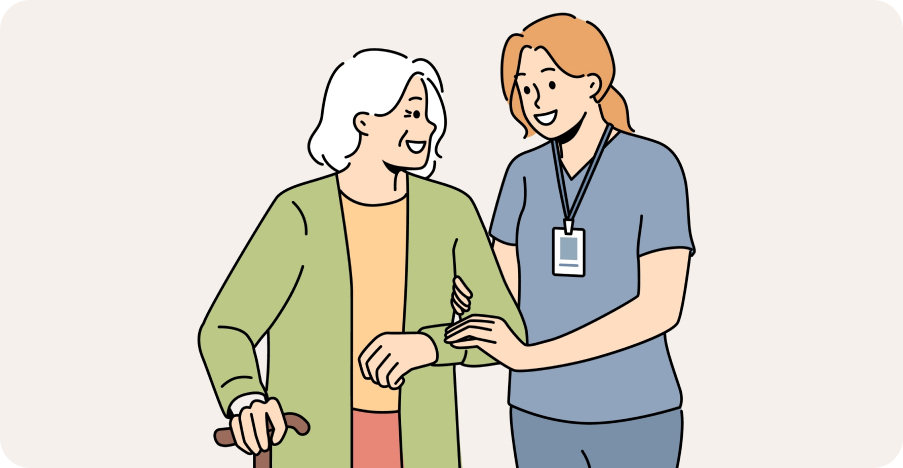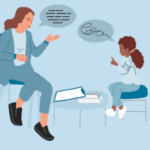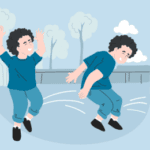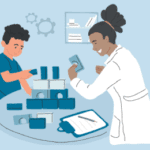
ADD-ADHD
- Child ADHD: Symptoms, Causes, Treatments
- Teen ADHD (Adolescents): Symptoms, Causes, Treatments
- Adult ADHD: Symptoms, Causes, Treatments
- Understanding the 3 Types of ADHD: Inattentive, Hyperactive-Impulsive & Combined Explained
- ADHD Treatment Options: Medications, Therapies, and Natural Approaches for Children & Adults

Neurodevelopmental Disorders & Learning Differences
- Dyslexia in Children: Symptoms, Causes & Best Therapies
- Dysgraphia in Children: Symptoms, Diagnosis & Treatment
- What Is Dyscalculia? Symptoms, Causes & Treatment
- Specific Learning Disorder with Impairment in Reading | Symptoms, Treatment & Therapists Near You
- Nonverbal Learning Disorder (NVLD): Symptoms, Causes & Therapies
- What Is Giftedness in Children? Signs, Support & Therapists
- Language Processing Disorder in Children: Signs, Therapy & Support
- Language Disorders in Children: Signs, Types & Therapy
- Delayed Speech in Children: Causes, Signs, and Therapy Options
- Executive Function Disorder in Children: Signs, Support & Therapy
- Apraxia of Speech in Children: Signs, Diagnosis & Therapy
- Understanding Intellectual Disability in Children: Signs, Support & Therapies
- What Is Twice-Exceptional (2e)? Signs, Challenges & Support for Gifted Children with Disabilities
- Global Developmental Delay (GDD)
Adult ADHD: Symptoms, Causes, Treatments

Authored by: The DrSensory Editorial Team
Reviewed by: 🛡️ DrSensory Clinical Review Board
Last updated: June 2025
What is Adult ADHD?
Adult ADHD (Attention-Deficit/Hyperactivity Disorder) is a neurodevelopmental condition that affects focus, organization, impulse control, and emotional regulation. Although commonly diagnosed in childhood, ADHD often continues into adulthood—sometimes undiagnosed for years. Adults with ADHD may struggle with managing time, completing tasks, maintaining relationships, and staying organized in work or personal life. Recognizing and diagnosing ADHD in adults is crucial for effective treatment and improved quality of life.
What are ADHD symptoms in Adults?
ADHD symptoms in adults can present differently than in children and often include:
- Difficulty focusing or sustaining attention
- Frequent forgetfulness or losing things
- Poor time management and procrastination
- Impulsivity (e.g., interrupting, making quick decisions)
- Restlessness or feeling mentally “on edge”
- Trouble following through on tasks or goals
These symptoms can affect work performance, social life, and emotional well-being. Adults may also experience chronic stress, anxiety, or low self-esteem as a result of unmanaged ADHD.
Understanding the 3 Types of ADHD: Inattentive, Hyperactive-Impulsive & Combined Explained
What are effective treatments for adults with ADHD?
Adult ADHD treatment typically includes a combination of approaches to manage symptoms and improve functioning. Common treatments include:
- Medication: Stimulants like Adderall or non-stimulants like Strattera can help regulate attention and impulse control.
- Cognitive Behavioral Therapy (CBT): Helps adults manage thought patterns and develop organizational skills.
- Coaching or Skills Training: Focuses on time management, goal setting, and routines.
- Lifestyle adjustments: Exercise, adequate sleep, and nutrition can positively impact symptoms.
Successful treatment often requires a personalized plan developed with a healthcare provider.
ADHD Treatment Options: Medications, Therapies, and Natural Approaches for Children & Adults
What are the different types of ADHD in adults?
There are three types of ADHD, and adults can fall into any of these categories, depending on their dominant symptoms:
- Predominantly Inattentive Type: Difficulty staying focused, following instructions, or completing tasks.
- Predominantly Hyperactive-Impulsive Type: More physical restlessness, impulsive decisions, and difficulty sitting still.
- Combined Type: A mix of inattentive and hyperactive-impulsive symptoms.
Understanding your ADHD type can help guide treatment choices and coping strategies.
Understanding the 3 Types of ADHD: Inattentive, Hyperactive-Impulsive & Combined Explained
This page provides general educational content and is not a substitute for professional medical advice. Always consult a licensed provider for diagnosis and treatment.
View privacy policy, copyright and trust info
More on ADHD
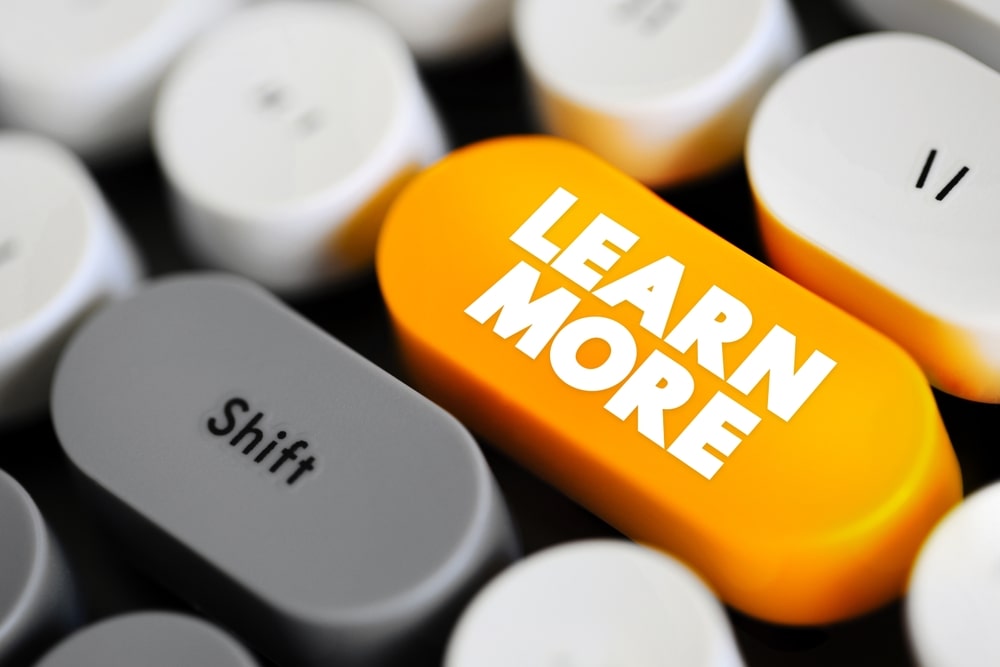
- Child ADHD: Symptoms, Causes, Treatments
- Teen ADHD (Adolescents): Symptoms, Causes, Treatments
- Adult ADHD: Symptoms, Causes, Treatments
- Understanding the 3 Types of ADHD: Inattentive, Hyperactive-Impulsive & Combined Explained
- ADHD Treatment Options: Medications, Therapies, and Natural Approaches for Children & Adults
Find a Therapist near you
Are you looking for a physical, occupational, or speech therapist in your area?
Look no further than the DrSensory Therapist Database and Clinic Directory!
Find a Therapist
Find the physical therapist, occupational therapist, or speech language pathologist you’re looking for!
Ask Us Anything
Whether you are looking for advice, have a general question about sensory processing, or looking for resources.
Submit Your Story
Share your story about your child. Let’s celebrate milestones and learn more about challenges.






































